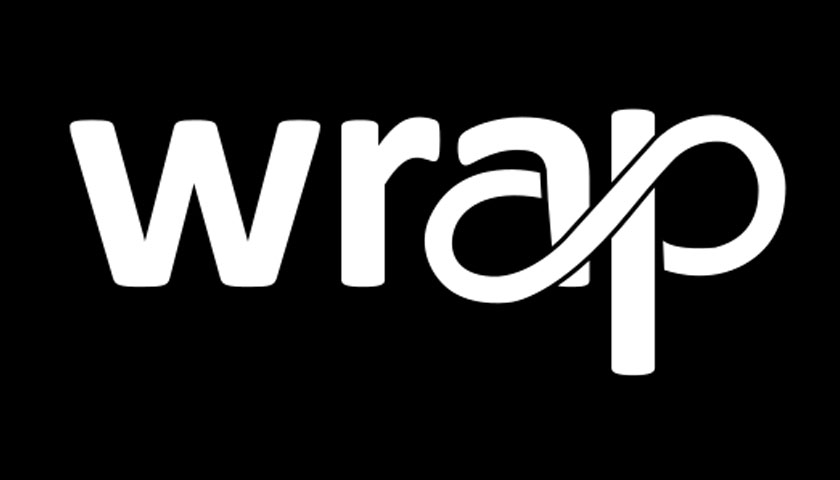In-store take back schemes are expected to undergo a renaissance post-lockdown, as environmental charity WRAP publishes new best-practice guidance to delivering effective retailer-led collection schemes for post-consumer clothes.
Many consumers are unaware of take back schemes, with current data showing that only 2% of people choose this route to donate their unwanted clothing compared to more established methods. During lockdown, many people will be storing their items at home until restrictions are lifted, when many charity shops will see an influx of donations (Citizen Insights: Textiles and COVID-19 Survey). This means the new guide offers retailers the perfect platform to encourage customers to recycle their unwanted items in-store, and as part of online transactions, and enhance this underused collection route.
Research by WRAP shows that clothing consumption has been on the rise in the UK – ahead of many other countries – and that one third of a million tonnes of clothing goes to landfill or incineration each year through local authority kerbside collections. This is equivalent to around one-third of the weight of clothing purchased annually. The new guide will help retailers, brands, and their re-use / recycling partners to set up new schemes from scratch, or to improve existing take back schemes to increase clothing recycling in the UK.
The guide sets out to help businesses decide which scheme is right for them, by providing a summary of the different schemes available, real life case studies, information and advice on communications, detailed operational considerations and helpful tools and resources to ensure success.
Dr David Moon, Head of Business Collaboration at WRAP “This guide will help businesses implement successful take back schemes that allow their customers to easily donate unwanted clothing. Last summer, post-lockdown, over half of the people we surveyed had a clear out of clothing. We know that citizens would much rather recycle, donate, or re-sell their unwanted items, so take back schemes are going to be imperative to people being able to donate promptly once the shops re-open”.
The Clothing Take Back Guide was produced as part of the Sustainable Clothing Action Plan (SCAP 2020), which completed in December 2020. WRAP is currently preparing for the launch of a new ten-year voluntary agreement that will succeed SCAP 2020 and put circularity at the heart of how clothes are manufactured, sold and re-used at end of life – called Textiles 2030.
Textiles 2030 is WRAP’s expert-led initiative that harnesses the knowledge and expertise of UK leaders in sustainability to accelerate the widescale move towards circularity, and system change in the UK’s fashion and textiles industry. Textiles 2030 aims to reduce carbon emissions by 40-50%, in line with the Paris Agreement goal of restricting temperature rise to less than 1.5oC.
The new voluntary agreement builds on the learning and achievements of SCAP 2020. Dr David Moon, “Textiles 2030 is going to continue to expand on the huge success of SCAP 2020. We had half of UK clothing sales involved in that journey, but this time we want everyone to be a part of this campaign for collaborative climate action.”.

